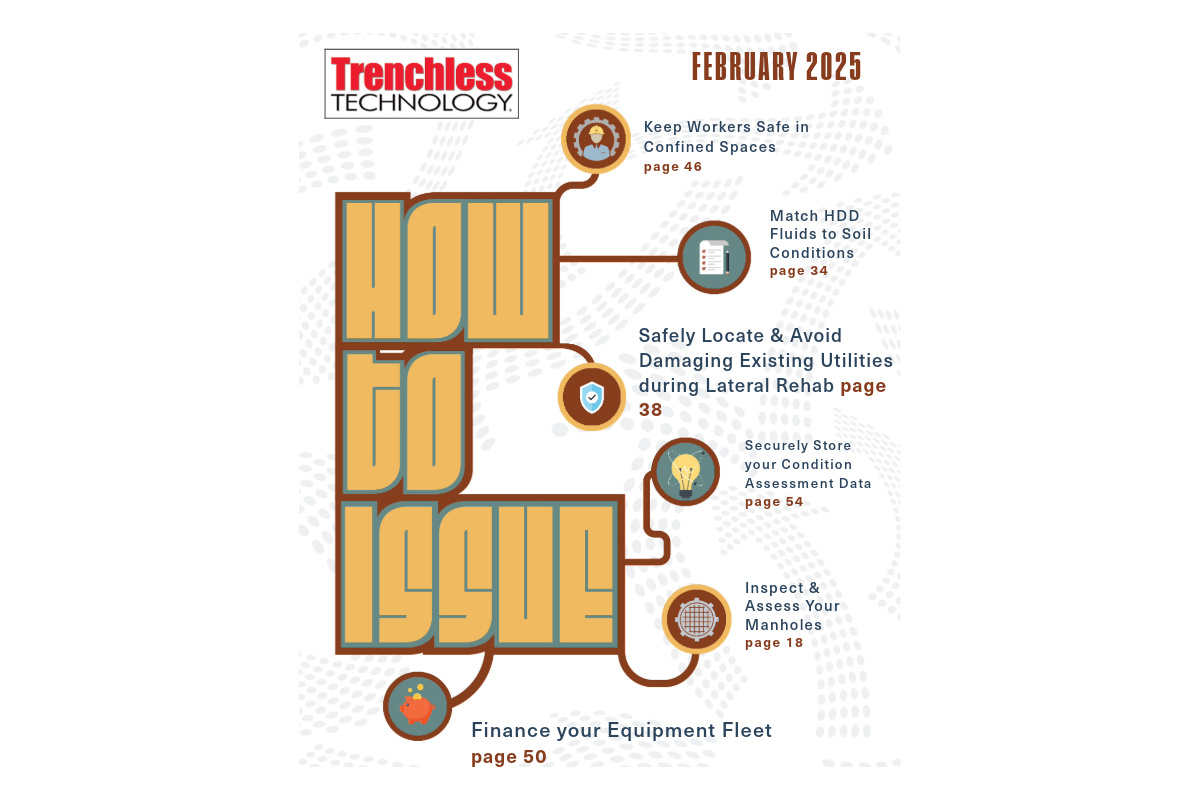Envirosight Equipment Shows State Pen Escape Tunnel
The star of a famous prison escape re-enactment at Philadelphia’s EasternState Penitentiary in Philadelphia became the escape tunnel itself — excavatedby archeologists with images projected on-screen by Envirosight LLC in April.
Using its ROVVER robotic crawler and QuickView zoom camera, the Envirosightteam was guided by archeologist Rebecca Yamin of John Milner Associates topinpoint a remaining section of the 97-ft tunnel and send back color images.
During the early morning hours of April 3, 1945, 12 prisoners, includinginfamous bank robber Willie Sutton, escaped through the tunnel and out to thestreet outside. Most were captured immediately, while Sutton and others remainedat large for weeks later. The unique “tunnel vision” was the first ever capturedof the secret passageway that led the 12 men to temporary freedom.
“Our equipment is typically used for pipeline inspection, so this was a funway to use our ROVVER and QuickView with tremendous historic benefits,” saidEnvirosight president Richard Lindner.
The ROVVER is a robotic, wheeled vehicle that travels through pipelines andis operated by a remote pendant. It has an illuminated zoom camera that tiltsand pans, capturing color video. The QuickView is a zoom camera on an extensionpole that descends 18 ft and casts bright illumination. The controls are alloperated from a safe distance, with video transmitted to large LCD monitors.Both were operated from the back of an Envirosight Outpost portable inspectionunit truck positioned near the tunnel excavation hole, with two LCD monitorsdisplaying the images for the hourly tour groups.
“The condition and even existence of the tunnel, thought to have caved in orbeen filled in over time, was unknown until the excavation and undergroundinspection by the Envirosight equipment,” said Eastern State program directorSean Kelley. Families, school children and the Philadelphia media were among thefirst to see the live tunnel video, which showed wooden planks used for support,wiring for lighting and some items thought to be digging tools. The tunnel wasdesigned and dug by inmate Clarence Klinedinst, who did plaster work in theprison and had access to tools and supplies. It took him a full year to dig thetunnel.
The Envirosight equipment also recorded and stored the imagery for thepenitentiary historical archives.
“It’s incredible that equipment used for pipe inspections can show us exactlywhat the prisoners were experiencing in that tunnel …and capture and preserve apiece of history for us,” said Kelley.



